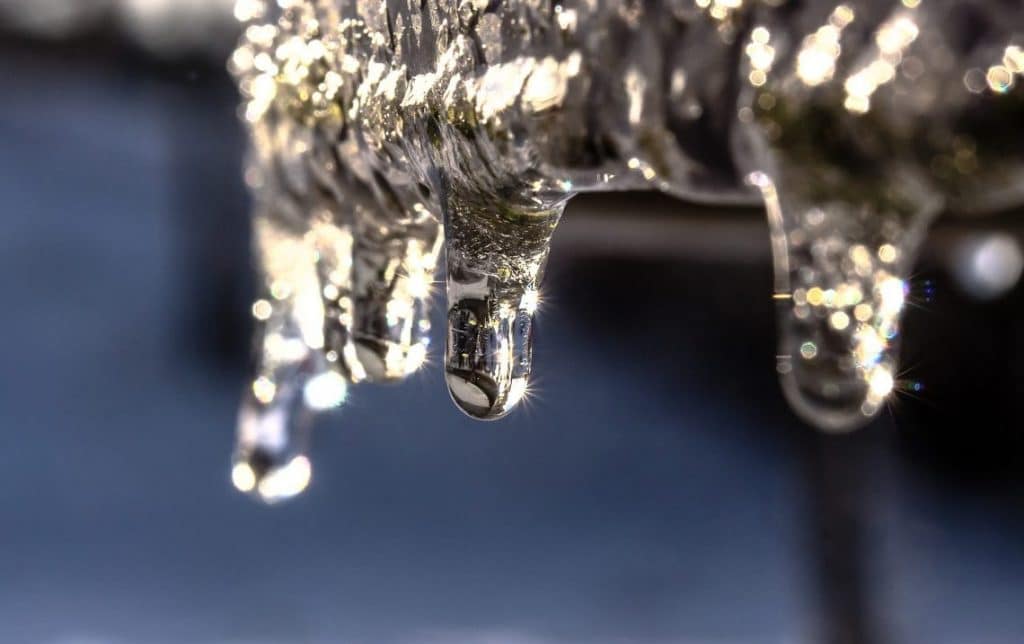Crucial Tips for Avoiding Frozen Pipes in Cold Weather Seasons
Crucial Tips for Avoiding Frozen Pipes in Cold Weather Seasons
Blog Article
How do you feel about How to Prevent Your Pipes From Freezing?

Winter can wreak havoc on your plumbing, specifically by freezing pipelines. Here's how to avoid it from taking place and what to do if it does.
Intro
As temperature levels drop, the risk of icy pipes boosts, potentially leading to costly repair services and water damage. Understanding just how to avoid frozen pipes is vital for home owners in cool climates.
Recognizing Frozen Pipes
What triggers pipelines to ice up?
Pipelines ice up when exposed to temperatures below 32 ° F (0 ° C) for prolonged periods. As water inside the pipes freezes, it broadens, taxing the pipe walls and potentially causing them to rupture.
Dangers and problems
Frozen pipes can cause supply of water disruptions, residential property damage, and expensive repair services. Ruptured pipelines can flood homes and trigger substantial architectural damages.
Indications of Frozen Piping
Identifying frozen pipes early can stop them from bursting.
Exactly how to determine frozen pipelines
Try to find reduced water flow from faucets, uncommon odors or noises from pipelines, and noticeable frost on subjected pipelines.
Avoidance Tips
Insulating at risk pipes
Cover pipes in insulation sleeves or utilize heat tape to safeguard them from freezing temperature levels. Focus on pipelines in unheated or exterior locations of the home.
Heating techniques
Keep indoor areas sufficiently warmed, particularly locations with pipes. Open up cupboard doors to allow cozy air to distribute around pipes under sinks.
Shielding Outdoor Plumbing
Garden pipes and outdoor faucets
Separate and drain pipes garden hose pipes prior to winter months. Mount frost-proof spigots or cover outdoor faucets with insulated caps.
What to Do If Your Pipelines Freeze
Immediate activities to take
If you suspect icy pipes, keep faucets available to soothe stress as the ice melts. Utilize a hairdryer or towels soaked in warm water to thaw pipelines gradually.
Long-Term Solutions
Structural changes
Consider rerouting pipelines away from exterior walls or unheated areas. Add added insulation to attics, basements, and crawl spaces.
Updating insulation
Buy top quality insulation for pipelines, attic rooms, and wall surfaces. Proper insulation helps keep constant temperatures and lowers the risk of icy pipelines.
Verdict
Avoiding icy pipelines requires proactive actions and fast feedbacks. By understanding the causes, signs, and preventive measures, homeowners can secure their pipes throughout cold weather.
5 Ways to Prevent Frozen Pipes
Drain Outdoor Faucets and Disconnect Hoses
First, close the shut-off valve that controls the flow of water in the pipe to your outdoor faucet. Then, head outside to disconnect and drain your hose and open the outdoor faucet to allow the water to completely drain out of the line. Turn off the faucet when done. Finally, head back to the shut-off valve and drain the remaining water inside the pipe into a bucket or container. Additionally, if you have a home irrigation system, you should consider hiring an expert to clear the system of water each year.
Insulate Pipes
One of the best and most cost-effective methods for preventing frozen water pipes is to wrap your pipes with insulation. This is especially important for areas in your home that aren’t exposed to heat, such as an attic. We suggest using foam sleeves, which can typically be found at your local hardware store.
Keep Heat Running at 65
Your pipes are located inside your walls, and the temperature there is much colder than the rest of the house. To prevent your pipes from freezing, The Insurance Information Institute suggests that you keep your home heated to at least 65 degrees, even when traveling. You may want to invest in smart devices that can keep an eye on the temperature in your home while you’re away.
Leave Water Dripping
Moving water — even a small trickle — can prevent ice from forming inside your pipes. When freezing temps are imminent, start a drip of water from all faucets that serve exposed pipes. Leaving a few faucets running will also help relieve pressure inside the pipes and help prevent a rupture if the water inside freezes.
Open Cupboard Doors
Warm your kitchen and bathroom pipes by opening cupboards and vanities. You should also leave your interior doors ajar to help warm air circulate evenly throughout your home.

I recently found that piece of writing on How To Avoid Freezing Pipes when doing a search on the search engines. Do you know someone else who is involved in the niche? Why not share it. I praise you for being here. Come back soon.
Visit Url Report this page